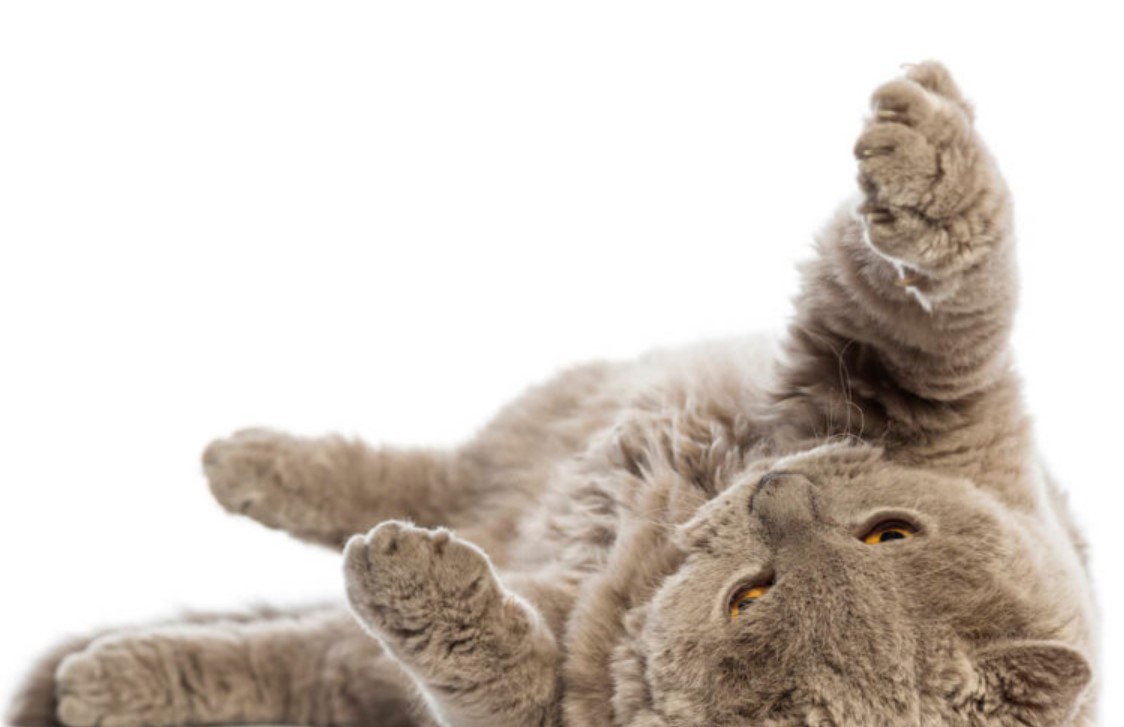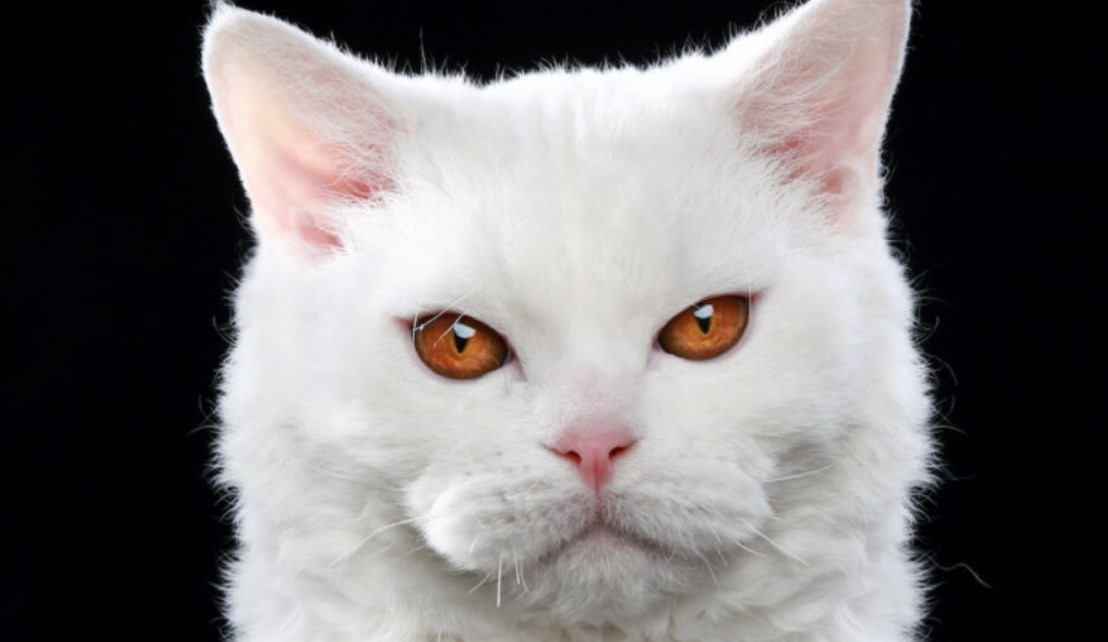The Selkirk Rex cat breed is known for its shaggy, wavy coat. Her fans not only appreciate her fur, but also her friendly and affectionate character. The cat breed was discovered more or less by accident. Find out what else there is to know about the Selkirk Rex here.

Size: Medium to large;
Weight: Up to 7 kilograms;
Life expectancy: Up to 15 years;
Physique: Stocky and strong physique, round head with small to medium-sized ears, large eyes, short nose;
Coat colors: All colors are allowed;
Special features in appearance: Dense, plush, and curly fur;
Breed type: Short and long hair breed;
Country of origin: United States
Cat breed recognized by CFA, FIFE, GCCF, TICA, WCF
Typical breed diseases: None known, but because of their fur they are susceptible to parasites such as fleas; some breeders also have diseases caused by inbreeding.
The nature of the Selkirk Rex

In addition to their curly fur, Selkirk Rex are characterized above all by their loving and people-oriented character. It is not without reason that the cat is also referred to as a “dog cat” among breeders. She is clingy, loves cuddles and needs company.
Not only does she like people, she is also very friendly towards her fellow dogs. A Selkirk Rex should therefore not be kept alone under any circumstances, especially if it is kept purely as an apartment! A partner is important for the social cat. A Selkirk Rex often gets along with dogs as long as the animals are allowed to get to know each other in peace.
At the same time, the Selkirk Rex is rather calm and stress-resistant, which is why it is suitable for a family household with children. However, their rather calm nature does not prevent them from happily discovering new things or playing with their human – or a conspecific. In addition, the cat from the USA is not very anxious.
History and origin

The Selkirk Rex was discovered in 1987 at an animal shelter in Montana, USA. A mother with six kittens was dropped off at the shelter, where staff quickly noticed that one of the kittens was different from the others: the hair was frizzy and wavy, and the whiskers were also wavy. An employee at the shelter decided to give the little cat to her friend and Persian breeder Jeri Newman, who in turn took the cat in and christened it Miss Depesto of Noface.
Newman decided to breed the cat when she was 14 months old and mated her to a black Persian male. Six kittens came out of the litter – three with curly fur and three with straight fur. So the gene that caused the curly coat had to be dominant. Newman continued to breed the breed and later mated Miss Depesto to her son Oskar Kowalski – three of the four kittens from the litter had the curls.
The breed owes its name to Newman’s father-in-law, whose name was Selkirk. She got the tag “Rex” because of her curly fur. Despite the name, however, the Selkirk Rex is not related to any other Rex cat breed.

A Selkirk Rex litter usually consists of both curly-coated and straight-coated kittens. Since the Selkirk Rex cats are still a rare breed, cats such as Persians, British Shorthairs or Exotic Shorthairs are also used in breeding. That’s why there are now long-haired Selkirk Rex – for example from a pair with a Persian – or those with short fur – if they were crossed with the British or Exotic Shorthair.





























